After a 2021 edition we fell in love with, CPH:DOX Inter:Active is back for a mostly in-person event starting today! Fewer works, large and complex installations and the chance to discover a festival, immersive productions – and Copenhagen itself! – in ways that were not possible just a few months ago.
We discussed the event and the ten works of the Inter:Active lineup with curator Mark Atkin, who is also head of studies at CPH:LAB.
CPH:DOX – Inter:Active 2020: maximizing the in-person experience
AGNESE – It’s great to meet you again, Mark, just before this new edition of CPH:DOX starts. We really enjoyed the 2021 one! What will happen this year?
MARK ATKIN – What’s happening is a hybrid Symposium, exploring the future of the XR industry, and an in-person exhibition of some of the most beautiful XR art installations you’re likely to see. Regarding the Inter:Active exhibition, we haven’t made any provision for people to join remotely this year. Most of the talks will be streamed for those who can’t make it, but in terms of the lineup there’s this tension of showing what we haven’t been able to show in the last two years and having a whole room dedicated to specific pieces… all of that was impossible to squeeze into a virtual version to share with people! That’s why we are maximizing the in-person experience with very large installations and a lot of room scale. This year we have fewer works, sure, but they are definitely much bigger!
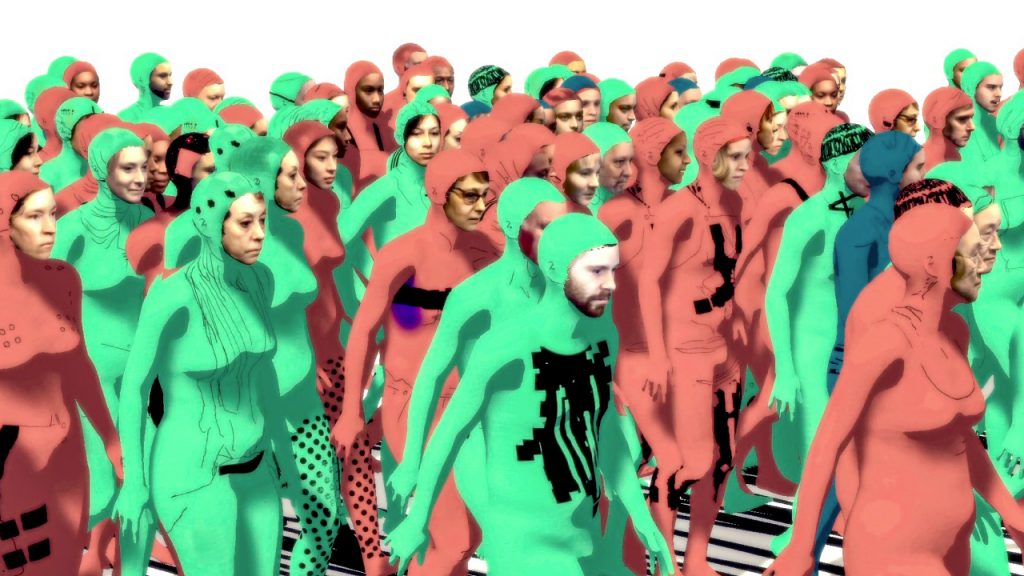
A. – What is the common thread linking these works?
M. A. – I would say it is our role as humanity in society. There are several pieces that discuss this topic in different ways.
A. – Speaking of large installations, the first one that comes to mind among those in the lineup is The Memor. What is the story behind it?
M. A. – At the beginning of 2020 the pandemic was just beginning to be felt around the world but we didn’t know what to expect from it yet. When SXSW canceled their event completely I was literally shocked. At the time we had no idea what was going to happen with CPH:DOX. After all, all the material for the physical installations had already been delivered! So we were sitting in Copenhagen – and that was exactly two years ago – ready to install everything. And among the big installations, there was this one.
The Memor was part of the Eternal Returns series made by Lundahl & Seitl ScanLAB Projects. On the day the final parts for it were delivered the Danish government closed everything and we realized CPH:DOX couldn’t take place in the form we originally wanted. That’s when we decided to try and create an online version and literally reinvented the whole festival in five days.
But this piece, for obvious reasons, could no longer be included. This is unfinished work for us. That’s why, as soon as we could, we invited it back.
A. – What is this work about?
Directors of the piece are Lundahl & Seitl, an artist couple living in Stockholm who make incredibly dense and beautiful multimedia works. They participated in our CPH:LAB with another project of theirs, called Garden of Ghost Flowers, and its first iteration is going to be at STRP Festival in Eindhoven next month. After that, Garden of Ghost Flowers will be continuously developed and will land at CPH:DOX at some point. In the meantime, we’re delighted to show The Memor, which is a meditation on memory, human memory and different ways of experiencing time.
It is one of those projects that is extremely difficult to show because it is a choreographed installation that occupies a huge amount of space and has performative aspects – you interact with dancer-like figures that you follow and watch as they manifest themselves in that space. The work accommodates one person at a time. You can only really show something like this at a festival that does not rely on ticket revenue because only a relatively small number of people will be able to experience it from inside the headset.
At the same time, however, this work also works very well from the outside, because of the way it is built. Just looking at it is mesmerizing! The whole thing is a work of art. I can’t tell you how happy I am to be able to collaborate with these wonderful artists!
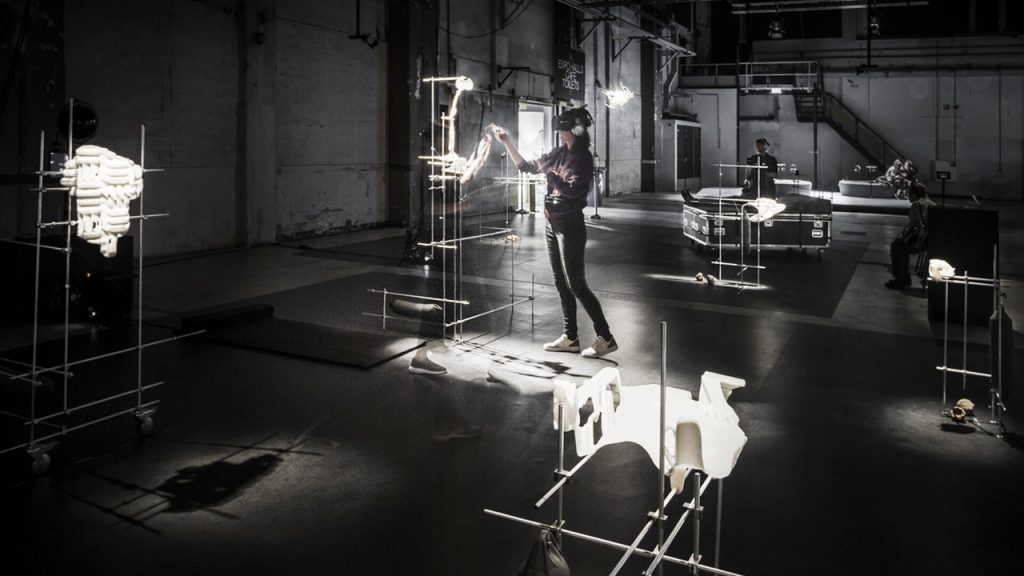
A. – It’s amazing to have a piece that is meaningful when experienced inside VR, but is also beautiful when viewed from the outside. Somehow it seems to connect the two worlds!
M. A. – Exactly. We chose a very special location for The Memor, as for other pieces in our lineup: it’s an art gallery in Charlottenborg, Kunsthal Charlottenborg, which used to be a palace. It’s quite a dramatic space, with a very high ceiling and big rooms. We definitely want people to go inside this piece and be impressed.
Reflecting on the effects of humanity in nature
A. – An interesting curatorial choice. What else will we see at CPH:DOX this year?
M. A. – There’s a room where we have three pieces that sort of talk to each other and examine our role in nature. One of them is Liminal Lands by Jakob Kudsk Steensen, who is first and foremost an artist, but is working in a game engine to create immersive and interactive experiences that are breathtaking and impressive. We’ve always shown his work at CPH:DOX, so we’re very excited to be able to show off his latest piece as well.
Liminal Lands is an environmental virtual reality experience he made when he was on a residency in Arles and it looks at the unique landscape of the Camargue. It’s about the symbiotic processes that happen in nature. You find yourself in this incredibly unusual landscape that he used photogrammetry to recreate in artistic form. What you are looking at seems incredibly natural and really organic – you can almost feel it! My memory of the experience is very tactile. I can almost taste the salt in the back of my throat. And for me, this work was also a reflection on the sense of solitude in nature. Not the main concept, but one that I could feel in it.
Another piece we have in the same room at Kunsthal Charlottenborg is Gondwana directed by Ben Joseph Andrews and produced by Emma Roberts from Australia. They pitched this work over two years ago at Electric Dreams and recently premiered it at Sundance (a/n read XRMust’s interview with the team behind Gondwana). This is another insightful work that looks at man’s place in nature. In this case the effects humanity is having on the environment , as can be seen in the Daintree rainforest in northern Australia.
Gondwana is a durational piece. In the version they showed at Sundance, it was a 24-hour experience that was always available in different time zones. Depending on when you arrived, you could see different states the Daintree was in – at first it’s a vibrant rainforest, but over time it degrades. For CPH:DOX we decided to shorten the cycle to seven hours, which is the amount of time our exhibition is open. So each human hour equals 14 years in that environment. You can explore the rainforest and its sunsets and sunrises, the different weather patterns, the flora, the fauna… and how everything is being changed by human activity. It’s so mesmerizing that you lose yourself in it. I think I’ve been in there for about 30 years or more (laughs)

A. – Shari Frilot (a/n programmer of the Sundance Film Festival, here’s our interview) said the same thing!
M. A. – There will be a screen in the room to show what is happening in the rainforest to people walking by. So, if you have already experienced the immersive piece, you will be able to see what has happened since and make a comparison.
The third experience we have in that room is called Myriad. Where we connect, which is a German piece directed by Lena Thiele, Sebastian Baurmann, Dirk Hoffmann and the Interactive Media Foundation. We love their work. The last time we had a physical exhibition at CPH:DOX – three years ago – we showed their Das Totale Tanz Theater, which to me is still the most incredible dance piece I’ve seen in VR. What they do is create a bridge between science and art, and for Myriad they collaborated closely with the Max Planck Institute of Animal Behavior and the Museum für Naturkunde Berlin.
Myriad is a work about animal migrations and how humanity has impacted them. You experience the world through three different creatures, one living in the air, one on land and one in water, as they embark on their migration journey. You experience the beauty of their journey, but also how it is now disrupted by human interference. And it is quite intense. They also bring things back to the building block of nature, which is carbon, so a lot of the animation style is charcoal animation. Very, very nice.
A. – What is the importance for you of having these three pieces together in the same space?
M. A. – We think there is a subtle interplay that can happen between them. It always annoys me when people criticize VR for being a solitary experience. I find that people end up discussing it probably more than films at film festivals. When you’re at a festival, you’re sitting next to someone but normally you’re on such a hectic journey that everyone runs away afterwards. Whereas in an exhibition space, people are literally standing around talking to each other and you often enter into a dialogue with them about their experience just after you’ve tried it and it can be enlightening.
When immersivity is more than VR
A. – I loved what you did with CPH:DOX Inter:Active in 2021: the lineup touched on immersivity in so many different ways and most of them were pretty new to me. Is that something we’ll see happen again this year?
M. A. – There are actually several pieces that are not in VR, but are still very immersive in my mind. They were developed at CPH:LAB and we are extremely proud to present them in our festival lineup.
The first one is called Civil Dusk and is made by the very talented artist David Uzochukwu together with Dafe Oboro. David is of Nigerian origin and his artistic practice is as a photographer. With this piece he has created an installation that looks at the experience of being a migrant essentially from the perspective of two different generations of the same family and is partly based on his own experience.
One thing that is very relevant to Nigerian culture is the role of the eldest son who has left home to live in another country. At some point he should return to Nigeria and start building something on the land, and this is seen as of great importance to their family. This is something that the generation that migrated wants the next generation to do and if you don’t build that place on your land, you are not fulfilling a very relevant cultural obligation.
But the people of the second generation do not have the same strong connection with the land that their parents had. If you go to Nigeria, you will see a lot of these half-built buildings. They were never finished because the people who built them didn’t really put their heart into it. The experience moves from that to reflect on how being in a European environment is so different between generations. Civil Dusk is essentially a video installation and this is the first time it has been shown anywhere in the world. It makes the most of being in this beautiful art gallery by occupying an entire room. The installation itself is half-built, though, echoing the kind of design of those half-built buildings.
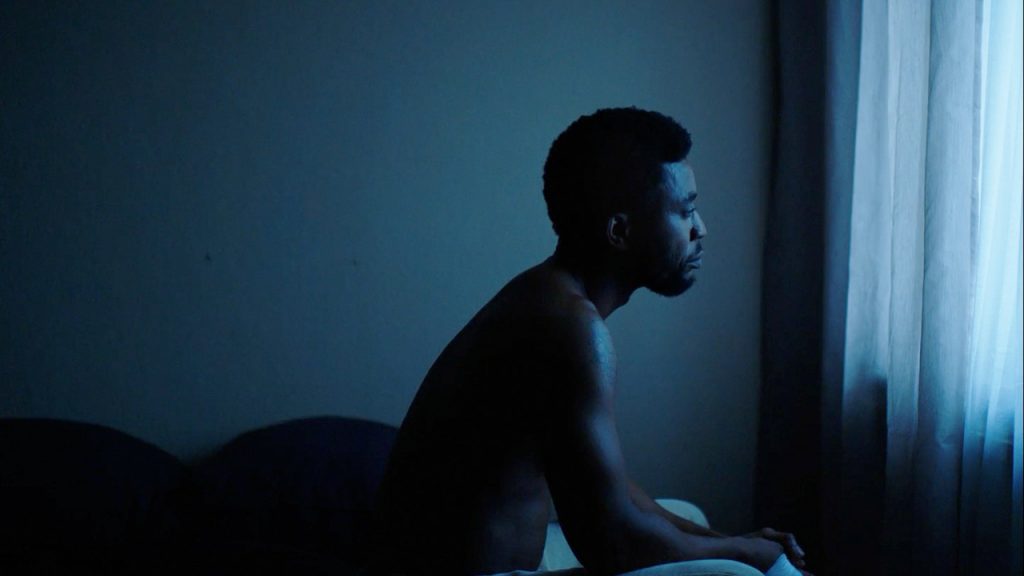
Another piece that was developed during the CPH:LAB and is now being presented at CPH:DOX is Captured by Hanna Haaslahti. At the beginning of the experience, you stand in front of a camera station, where your face is captured and then carefully placed on the body of an avatar in a digital world. An entity – which is a mother-like figure – places your face very tenderly to this body… and then brutally pushes you into a new world that you can see on a large screen inside the room.
You see yourself marching through this strange landscape and your body can be red, green or blue and there are other people next to you who have been captured in the course of the day. Sometimes you might be holding hands with someone, other times you notice someone tripping over human bones, but no one is paying much attention. Then at some point a fight breaks out and avatars of one color attack other avatars of another color, while other avatars just stay there watching.
This piece is based on what happened during Anschluss in Vienna, when Jews were made to scrub the streets with brushes by the Gestapo while the general population was just watching it happen. So this piece is a meditation on the different manifestations that aggression takes in our society: violence, bullying, outcasts, scapegoats, racist language… but it’s also a reflection on the bystander effect. To what extent are you willing to witness forms of aggression? At what point do you actually decide to take responsibility? It is a very deep work.
A. – CPH:DOX really has an amazing selection this year. I noticed that there is a work called Shadow which is a companion piece to Ole Bornedal’s film “The Shadow In My Eye”. What can you tell us about it?
M. A. – Shadow is a virtual reality experience about a bombing raid that happened in Copenhagen in 1945 that had a very specific target. It is a work by Makropol, a company that is among the world leaders in this space. They have created some of the deepest and most thought-provoking immersive works out there and we are really pleased to be able to show this new piece directed by David Adler and Ole Bornedal. Shadow is somewhat reminiscent of Captured, as once again you are given individual responsibility. In Captured, however, you had no control over your avatar. Here you have it partially and your decisions can lead to different and very tragic results.
There are three other works in the lineup and they are all Danish. The first one is Drengeblå / Sange fra i dag, an installation and song created by composers Aske Zidore and Anders Lauge Meldgaard. This piece works with data taken from economics in an attempt to merge the human experience with the world of finance. From there, the music emerges according to the rules established by the two composers. The lyrics are also written by Ida Zidore and the song is sung by the Danish Boys choir. We put a pew in the room – like the ones you would find in a church – and you can sit on it, put your headphones on and just listen to this beautiful piece.
Expanding the footprint of CPH:DOX
M. A. We placed the remaining two Danish pieces in different locations and specifically the Art Hub Copenhagen, which is a contemporary art gallery and the Danish Jewish Museum. Consider that Shadow, which can be experienced at Kunsthal Charlottenborg, will also be at the Museum of Danish Resistance. Somehow we are expanding our footprint! And I’m very happy that we have these collaborations with other museums because I think it’s an opportunity for people who come to Copenhagen to enrich their experience of the festival.
A. – What are these last two works?
The Jewish Museum is where we are showing End of Night. This piece, which won the award for Best VR Story at the 78th Venice Film Festival, was also in the selection of the CPH Pix, our cousin festival dedicated to feature films, and it actually won their main prize. An immersive piece at a film festival! Unbelievable!
End of Night, also made by Makropol, has a very clear contemporary resonance, even though it is set in a specific timeframe. It’s about how people in Copenhagen during the war rescued Jews by taking them in their private boats to safety in Sweden, while the Nazis occupied Copenhagen, and you find yourself in a boat with one of these people.

The piece you can find in the Art Hub Copenhagen is We are at home by Michelle and Uri Kranot. This work has been shown at several festivals and in different formats, but this is the first time they’re able to present it as a multi-user installation. It’s based on a poem called The Hangman at Home and again it’s a work that reflects on individual responsibility, starting with a question: if your job is to be the hangman and execute people, how do you behave when you go home? The animation it presents is simply phenomenal. We have consistently shown their work over the years and are always interested in everything they do, some of the most thought-provoking pieces you will ever see.
Inter:Active Symposium: The Future Belongs to Those Who Can Hear It Coming
A. – Mark, I have one last question for you. Every year CPH:DOX hosts an Inter:Active Symposium. What will it be about this year and how will it work?
M. A. – The Inter:Active Symposium is where we present the latest projects from the CPH:LAB. For this edition we have nine projects, all of which are immersive and interactive but across different formats: some are in VR, but there is also AR, and other types of installations. We’ve been working with these artists online for the last six months, as they develop their work and expand their artistic practice, and we’re really excited for them to be able to present it in person. This Symposium will be a hybrid event, also accessible online to people who have an accreditation for the festival.
This Symposium is also an opportunity for us to think about what our world is like today. In the last two years we have been deprived of the experience of being together. The problem with online events is that you only do what you have scheduled to do, but you are actually losing a big part of the festival experience: the moments when we get together across the industry to talk about things over breakfast or in a bar. These are the moments when the whole industry really gets going and we haven’t been able to experience them, in a time when there are a number of existential necessities for our industry.
XR is really taking off as a business. What does this mean for funding? Where does the arts world fit into this? What does the rise of the metaverse mean for us, now that it’s being supported by huge private companies? We need to talk about all this, so we’re bringing together the people who will be attending the festival – artists, funders, exhibitors, etc. – to have these conversations and we will present our set of results at the Symposium. We are trying to answer one question: what are the steps we need to take to lay the foundations of the industry we really want?
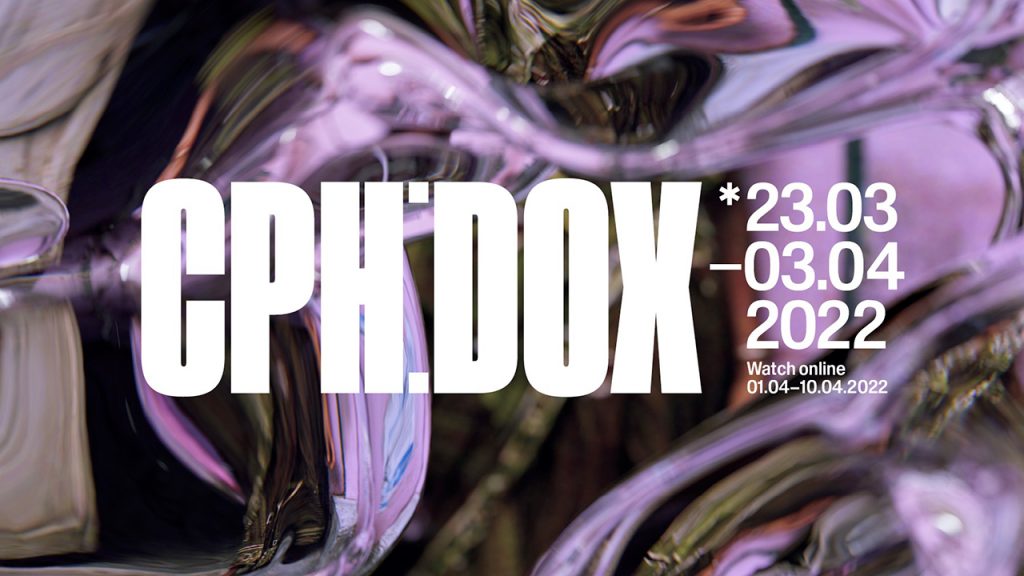
Visit CPH:DOX website
Find out more about the previous editions of the event in XRMust’s Database
Read our 2021 interviews:
Decoding XR: a CPH:DOX Inter:Active 2021 commentary with Mark Atkin
“AR to provide context for understanding the natural environment” – Dane Christensen (KVÖLDVAKA)

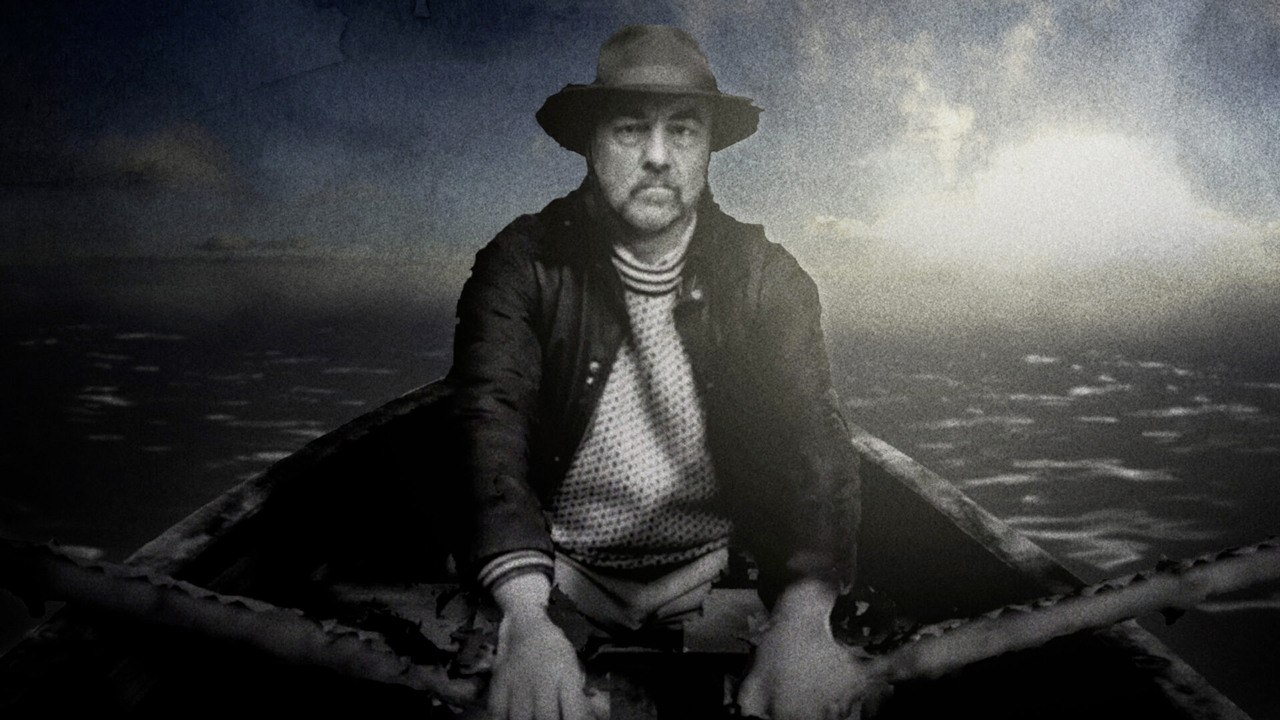

Leave a Reply
You must be logged in to post a comment.